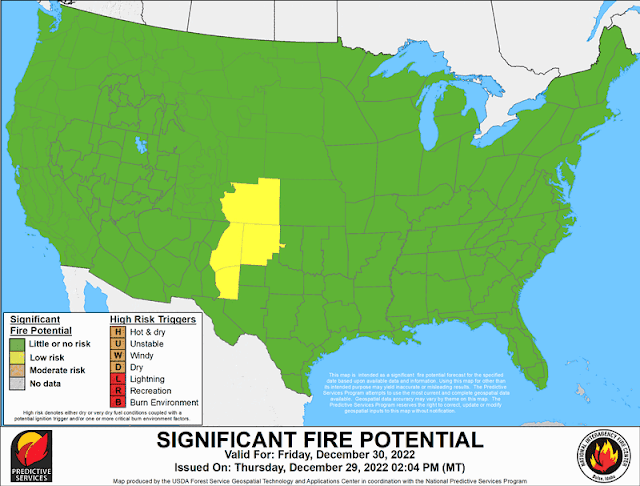The 2012 Waldo Canyon Fire was Colorado's costliest at nearly half a billion dollars until the Black Forest Fire the next year surpassed that. In October, 2020 the East Troublesome Fire incinerated nearly 200,000 acres of mixed timber and grass becoming the second largest wildfire ever recorded in Colorado.
Colorado one of a few states that do not have a so-called home insurer of last resort, or “fair plan,” created by the government. Michael Conway, Colorado’s insurance commissioner, said that’s because Colorado hasn’t needed one — until now. But late in the summer his office started to hear complaints from homeowners that they couldn’t get their properties insured. What really sounded the alarm was when independent insurance agents started telling state regulators they couldn’t find coverage for their clients. If they can find coverage, it can sometimes be outrageously expensive. But the private insurance industry is urging caution, saying that if Colorado acts too fast and makes mistakes, insurance companies may pull out of the state altogether. New Mexico, for instance, only covers residential properties for up to $250,000 and up to $1 million for commercial properties. [Colorado’s wildfire risk is so high some homeowners can’t get insured. The state may create last-resort coverage.]Utilities, insurers, county commissions, lenders and developers need to be held accountable for building tinder boxes packed so closely together that homeowners can see into each others bathrooms. Counties should be able to fine property owners who fail to create defensible space or clear dry fuels. Well-funded local and volunteer fire departments could conduct prescribed fires and burn road ditches to create buffers where contract fire specialists don’t exist. But even government can't always protect you from your own stupidity.
Legislative efforts to make homes safer by requiring fire-resistant materials in their construction have been repeatedly stymied by developers and municipalities, while taxpayers shoulder the growing cost to put out the fires and rebuild in their aftermath. The insurance industry is also warning that if Colorado lawmakers and communities don’t reinforce homes against wildfire, mounting claims from blazes could put premiums out of reach for many. The industry supports a statewide building code. New homes are going up across the 9-square-mile burn zone. A recent drive through the area revealed many are being rebuilt with the same kinds of fences. With no building code dictating that the fences be made of fire-resistant materials, homeowners are using flammable materials that have been standard in the past, unaware it will again put them at risk in the next blaze. [Wildfires in Colorado Are Growing More Unpredictable. Officials Have Ignored the Warnings.]Self-reliance or moral hazard?

No comments:
Post a Comment
On-topic comments are welcome but those solely intended to troll the author or other readers will not be published so kindly use a handle or even your real name.